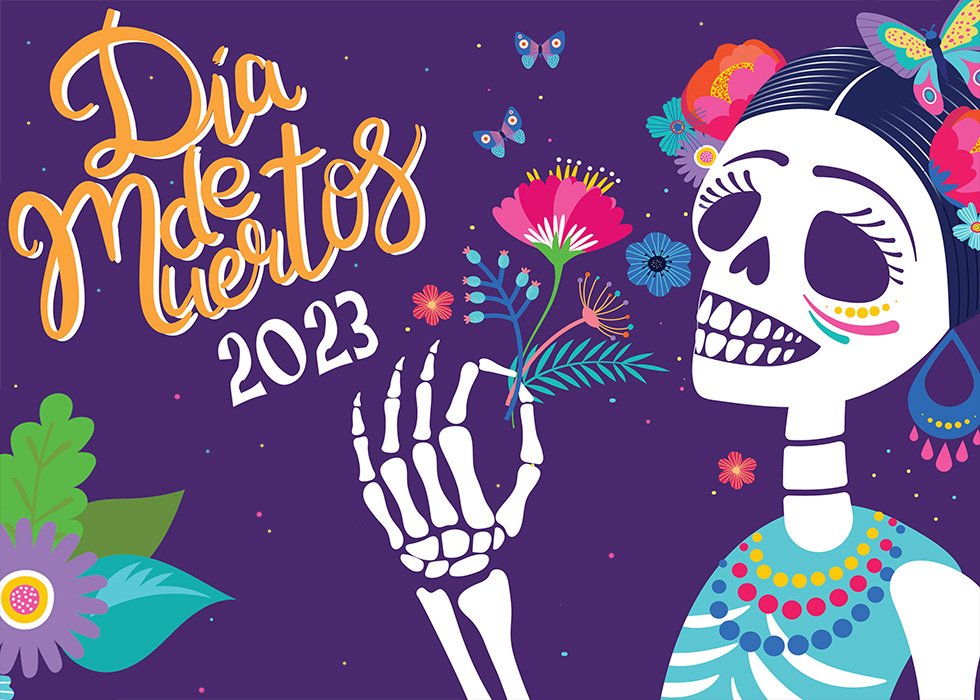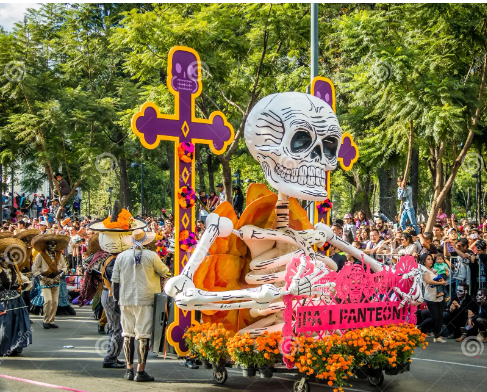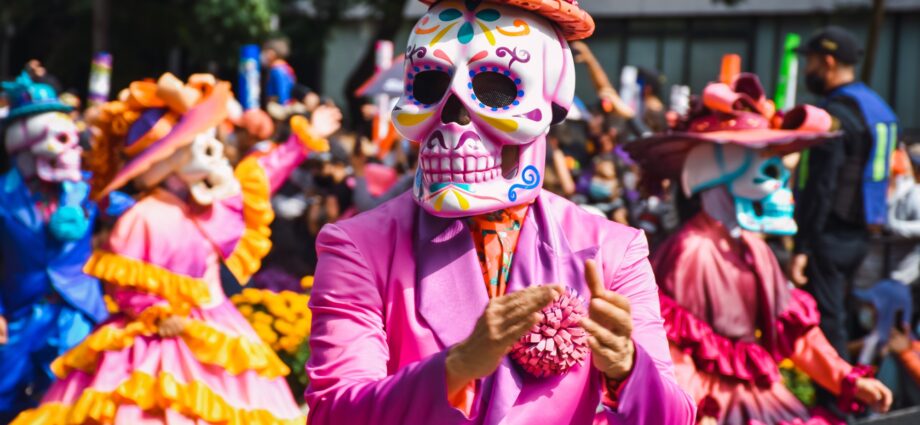Wednesday November 1, 2023
– Disseminating Moon Phase – share, demonstrate, teach, learn, feed back, distribution

– Moon in GEMINI – Void of Course 8:36 AM – 5:30 PM Moving to Cancer
– Retrograde Planets 2023 –
R- Saturn – Jun 17 – Nov 4
R – Neptune – Jun 30 – Dec 6
R – Chiron – Jul 23 – Dec 26
R – Uranus – Aug 28 – Jan 27
R – Jupiter – Sep 4 – Dec 3
– Best Days (from the Farmer’s Almanac) – November 1st – Set Eggs, Go Hunting, Brew Beer, Mow to Slow Growth, Can Fruits and Vegetables
– Planting Calendar (from the Farmer’s Almanac) – Nov 1st – 3rd – Start seedbeds and flower gardens. Good days for transplanting. Best planting days for fall potatoes, turnips, onions, carrots, beets, and other root crops where climate is suitable.
– Aspect of the Aeon Sophia: (Wisdom): – Kali – Goddess of Beginnings and Endings – Kamala – the Lotus Goddess Who Brings Transcendence of Limitations
– Aspect of the Aeon Thelete: (Will/Desire): Elias, God of the West
– Sabian Symbol for the Solar-Lunar Month – New Moon in VIRGO SUN/MOON – 22 LIBRA: a child giving birds a drink at a fountain arena (EARTH – 22 ARIES: the gate to the garden of all fulfilled desires)
SUN – 09 SCORPIO: a dentist at work
EARTH – 09 TAURUS: a Christmas tree decorated
El Dia de los Muertos

While kids and adults across America and other parts spent Halloween Trick or Treating, partying, getting dressed up, watching horror movies and the like, elsewhere another observance was being prepared. The Day of the Dead – or El dia de los Muertos. Its observance is probably most known in Mexico and Central America, there are adherents all over the place.
For westerners like myself, it can be best compared to the Christian observance of All Saints Day – or All Souls Day depending on which denomination wants to tell the story. A time to remember, honor and release those who have passed on (I think, I never really paid attention in church growing up).
Wikipedia puts it this way:
It is widely observed in Mexico, where it largely developed, and is also observed in other places, especially by people of Mexican heritage. Although related to the simultaneous Christian remembrances for Hallowtide, it has a much less solemn tone and is portrayed as a holiday of joyful celebration rather than mourning. Some argue that there are Indigenous Mexican or ancient Aztec influences that account for the custom, and it has become a way to remember those forebears of Mexican culture.

Looking from the outside in, I find this holiday beyond many words. It is like a mixture of opposites – death, Christianity, skeletons, spirits.
There is a serious lack of understanding of the culture of Mexico. Part is the language barrier. Outside the Spanish speaking world, not a whole lot gets out. But even among the Spanish speaking, Mexico is foreign. It could be the heavy influence of the Aztec and older cultures of Mexico still carrying an influence.
I had a few of Spanish teachers in college who tried to explain it. I say tried, but not really. One professor was Italian, but lived in the Mexican American culture all her life. The second was a white American, who lived in Spain for a year. Despite that, she did not manifest the Castilian accent – but could turn it on and off at will. The third was old world Mexican. Their insights into the culture of Mexico only scratched the surface. And they all refused to teach slang.
I learned more from a couple other sources. First – Telanovelas. Mexican soap operas. They were a fantastic resource for getting use to the flow of the language. But also introduced cultural differences in the characters. Second – Mexican Newspapers. I always wondered about the politics of Mexico. In America, we saw the political Right and Left – Republicans and Democrats. In Mexico in the 80’s the parties were all very Socialist. Some deeply socialist. Others Less so. But predominantly all believed in a a big, strong, Nationalistic, protective government. The differences were just in how big.
Reading a weekly Mexican Newspaper helped a lot with understanding . . . well . . . that they were all nuts and never got a lot done during the day and drank all night. I remember explaining the nuances of Mexican business practices to my father before he went on a trip there. He thanked me when he got back. He thought my characterizations were a little harsh until he got into the middle of it.
Lastly, I looked to historical novels about Mexico. First was a series of books by Gary Jennings, the first named Aztec. There are 3-4 in the series and very worth the time to read them. Second was a series by Graham Hancock called War God. While these books wer fiction, they really colored in the lines that history books leave out.
We look at civil society today and sometimes question the brutality of life as areas of the world are bombing each other. Slavery is technically abolished in name, but human trafficking runs rampant. And forced Child labor is the norm in many parts of the world. But think about this. 500 years ago, society in Mexico saw mass human sacrifice as a regular part of everyday religious life. You know. Severing heads, pulling out the hearts, eating some of them. Institutionalized slavery pretty much everywhere.
With that history as a backdrop, maybe the Festival of the Dead is not so strange. And not a whole lot weirder than kids dressing up as vampires, mummies, ghosts, hookers, nuns, nun-sluts, princesses, princess sluts.
Happy Halloween! Happy Samhain! Happy Dia de los Muertos!
